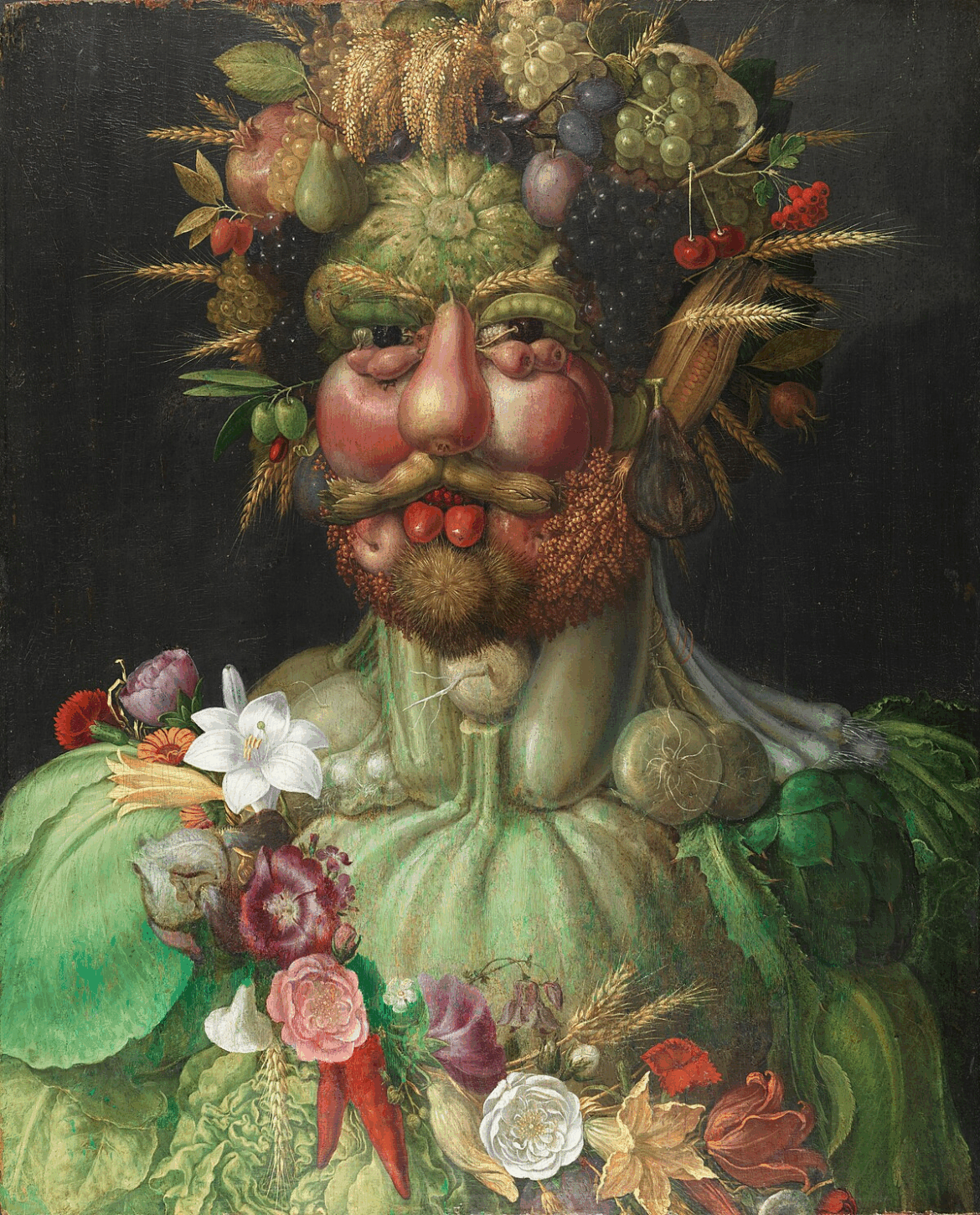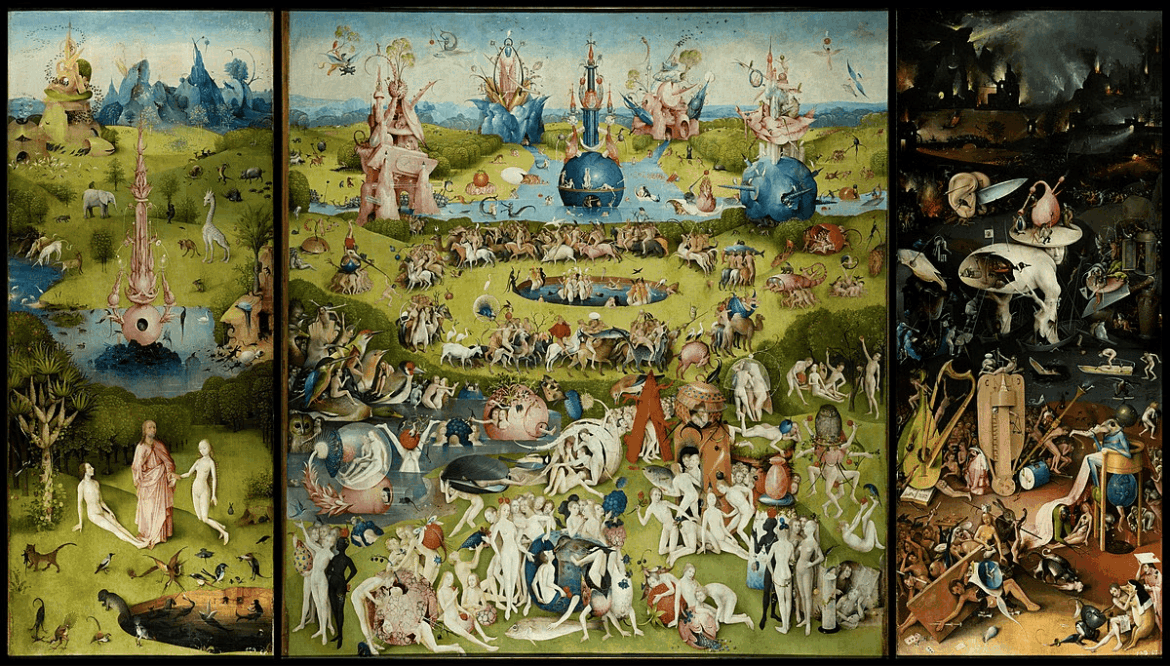
Who was Vincent van Gogh?
Vincent van Gogh was a post-Impressionist artist whose pieces profoundly influenced 20th-century art due to their aesthetic appeal, emotional depth, and vibrant color palette. Throughout his life, he battled mental illness, lived in poverty, and was largely unknown. Van Gogh tried to capture his innermost feelings and spiritual condition in his paintings. Van Gogh’s vivid, sumptuous canvases, bursting with obvious brushstrokes and rich, vibrant colors, highlight his vividly expressed, deeply personal expression captured in paint. Every painting gives the viewer a clear understanding of the artist’s interpretation of each scenario, as seen through his heart, thoughts, and eyes. Through his profoundly unique and emotionally charged style, Van Gogh has influenced artists and movements well into the 20th century and beyond.
Early Life and Influences
Vincent Van Gogh was born in Groot-Zundert, Netherlands, on March 30, 1853. At fifteen, van Gogh’s family had financial difficulties, so he had to drop out of school and start working. His Uncle Cornelis hired him to work for Goupil & Cie., a The Hague-based firm of art dealers. Van Gogh was moved to the Groupil Gallery in London in June 1873. He developed a deep affection for English culture there.
Van Gogh gave sermons to the congregation and taught at a Methodist boys’ school. He studied for the admission exam to the Amsterdam School of Theology, seeking to become a clergyman. He studied hard for a year, but after that, he declined to sit for the Latin tests. Van Gogh offered to relocate to an impoverished coal mine in the southern region of Belgium during the winter of 1878, where preachers were typically sent as punishment. In addition to preaching and caring for the ill, he made portraits of the miners and their relatives. The evangelical committees disapproved of van Gogh’s lifestyle. Van Gogh had to find another job because they wouldn’t extend his contract.
Vincent Van Gogh decided to settle in Brussels and pursue art in the fall of 1880. Despite lacking academic art training, van Gogh’s brother Theo offered financial help. He started learning independently, reading books like Charles Bargue’s Cours de dessin and Jean-François Millet’s Travaux des Champs. He found that art kept him emotionally stable. He started working on “Potato Eaters,” regarded as his first masterwork, in 1885. Theo thought the work of art would not go over well in the French capital, where Impressionism had grown fashionable, as he was now residing in Paris. Van Gogh relocated to Paris in 1886. When Gogh first encountered Impressionist paintings, the color and light moved him. He started working with Henri de Toulouse-Lautrec, Camille Pissarro, Georges Seurat, Edgar Degas, and Claude Monet.
Evolution of a Master
Vincent Van Gogh created most of his most well-known pieces in the last two years. In the south of France, in Arles, Van Gogh worked and lived with Paul Gauguin throughout the winter and fall of 1888. Van Gogh finally rented four rooms at 2 Place Lamartine, known as the “Yellow House” because of its crimson color.
The artists’ decision to go to Provence coincided with a turning point in their careers since it was originally intended to establish a new artistic community in Arles as an alternative to Paris. Working closely together, Gauguin and Van Gogh created a philosophy of color that was independent of nature and expressive of the inside feeling. Van Gogh experienced periods of mental instability despite his great output; these phases most likely included delusions, psychotic episodes, seizures, and bipolar disorder. Following an especially vicious altercation in which Van Gogh threatened Gauguin with a razor and subsequently severed a portion of Gauguin’s left ear, Gauguin departed for Tahiti.
Van Gogh willingly checked himself into a mental health facility in Saint-Remy, close to Arles, on May 8, 1889, as a result of his rapidly worsening mental state. Van Gogh produced over a hundred pieces during his year at Saint-Remy, one of which was Starry Night (1889). His primary subjects were the clinic and its garden, which he depicted with his mature phase’s vibrant palettes and forceful brushstrokes.
Van Gogh relocated north to Auvers-sur-Oise, outside of Paris, shortly after leaving the clinic and was taken under Dr. Gachet, a homeopathic physician and amateur artist. Van Gogh gladly complied with the doctor’s encouragement to paint as a part of his recovery. He painted a picture of his surroundings in Auvers on a daily average throughout the final months of his life.
Pioneering Techniques and Style
Vincent Van Gogh’s distinctive style is characterized by his complex brushwork, expressive utilization of color, and deep affinity for nature and human experience. He pioneered using color in art to elicit feelings and convey meaning. He represented the emotions and moods he wanted to communicate with vivid, frequently unusual color schemes. Van Gogh’s brushstrokes are renowned for their intensity and richness. He often used thick paint applications with obvious brushstrokes, giving his paintings a sense of depth and movement. His paintings gained a tactile character with the application of the impasto technique. His landscape paintings are proof of his deep connection to the natural world. With wonder and awe, he caught the beauty and energy of the natural world, giving his landscape paintings a spiritual quality.
Iconic Works of Art
Starry Night

Year: 1889
Medium: Oil on canvas.
Starry Night is Van Gogh’s greatest accomplishment. Contrary to most of his artistic creations, Starry Night was rendered solely from the artist’s recollection rather than directly inspired by the natural surroundings. The focus on the internal, emotional aspect is evident in his dynamic and chaotic portrayal of the sky – a significant deviation from his previous, more realistic settings. Van Gogh adhered to a rigorous principle of structure and composition, meticulously arranging the forms on the canvas to achieve balance and tension amidst the whirling twisting of the cypress trees and the night sky. The outcome depicts a landscape created using curved and straight lines, where a strict and organized organization counters the apparent disorder.
Sunflowers

Year: 1888
Medium: Oil on canvas.
Van Gogh created his Sunflower series to adorn the room designated for Gauguin in the “Yellow House,” which served as his studio and living space in Arles. Van Gogh used a variety of yellow shades to depict the texture of the sunflowers, taking advantage of newly developed paints that allowed for the creation of new colors and tonal variations. Van Gogh employed vibrant shades to depict the complete life cycle of the flowers, ranging from the vibrant yellow of full bloom to the withering and decaying blossoms portrayed in somber ochre. Van Gogh revitalizes the conventional depiction of a flower vase by exploring line and texture, imbuing each sunflower with the transitory essence of life, the radiance of the summer sun in Provence, and the artist’s state of mind.
The Bedroom

Year: 1889
Medium: Oil on canvas.
Van Gogh’s Bedroom portrays his residence at 2 Place Lamartine, Arles, known as the “Yellow House.” The artist’s use of vivid and intense hues to represent the distorted viewpoint of his space showcased his departure from the subdued color scheme and lifelike depictions of the Dutch artistic style, as well as the soft and light colors typically employed by the Impressionists. He exerted much effort and attention to detail regarding this work’s subject matter, colors, and arrangements. Although the vibrant yellows and blues may initially appear unsettling, they evoke a feeling of tranquility and warmth reminiscent of a sunny summer day, as intended by Van Gogh. This subjective analysis of a scene, in which certain feelings and experiences influence the arrangement and color scheme, significantly contributes to the genre of modernist painting.
Wheatfield with Crows

Year: 1890
Medium: Oil on canvas.
Van Gogh finished Wheatfield with Crows in the last few weeks of his life. Van Gogh utilized bold color combinations in this painting, such as the contrasting yellow-orange wheat and blue sky, as well as the green streaks of grass that enhance the red hue of the path. The photo portrays a striking, misty sky adorned with crows above a wheat field. The crows’ unpredictable trajectory and the road that leads to no destination combine to evoke a feeling of solitude. The windy wheat field occupies two-thirds of the painting. He employed crows to represent the concepts of resurrection and the cycle of life and death. Van Gogh aimed to portray feelings of grief and profound loneliness and the aspects of the countryside that he perceived as being healthy and refreshing.
Struggle and Mental Health
Van Gogh’s writings and other papers, such as the asylum registry at Saint-Rémy, depict a variety of symptoms. Among the symptoms include issues with hallucinations, nightmares, depressive episodes, stupor, forgetfulness, impotence, nervousness, and sleeplessness. However, his chaotic lifestyle brought him nothing but ridicule and rejection; in 1878, he was turned down by various theological institutions around Europe.
Bipolar disorder appears to be the cause of reports of his impulsive, careless, and unsure behavior. Occurrences such as following the career of an art salesperson and telling clients “not to buy this worthless art” can be well explained by illness. In the upcoming years, indecision and identity issues will be evident. Over the next ten years, Van Gogh relocated a lot as a result of sexual rejection. Some evidence suggests that van Gogh chewed on his paintings, and this behavior may have been related to his seizure that occurred around New Year’s Eve in 1890. Following one of his seizures, Theo wrote to Vincent in January 1890, “If you know that it is dangerous for you to have colors near you, why don’t you clear them away for a time and make drawings?”.
Van Gogh’s Legacy and Influence
The German Expressionists and The Fauves emerged in the period after Van Gogh’s paintings and embraced his subjective and spiritually influenced approach to color. The Abstract Expressionists of the mid-20th century employed Van Gogh’s method of broad, expressive brushstrokes to convey the artist’s psychological and emotional condition. The Neo-Expressionist artists of the 1980s, such as Julian Schnabel and Eric Fischl, are indebted to Van Gogh’s vibrant color choices and bold brushstrokes. His life has served as a source of inspiration for music and several films in popular culture.
The Myth of the Mad Genius
Until his death, Vincent was shrouded in mystery, but that all changed the instant he severed his ear in 1888. The perception of Van Gogh as a “mad genius” can be traced back to his artwork. In his painting titled “Self-Portrait with a Bandaged Ear” (1889), the artist focuses on the injury he inflicted upon himself by cutting his ear with a razor blade in Arles in December 1888. He then offered the detached piece of flesh to a prostitute in the area. He reveals his disfigured countenance, yet his stare is that of a visionary with piercing blue eyes. This text does not provide an unbiased account of a tragedy. Instead, it vividly portrays the artist who is both victimized and set free by their state of insanity. Van Gogh’s illness did not inspire his painting but hindered his abilities. It hindered his ability to work for extended durations, yet he bravely resisted its entirely unstimulating consequences to produce some of the most influential art in history.
Preserving Van Gogh’s Heritage
Vincent van Gogh’s groundbreaking utilization of light and color continues to serve as a source of inspiration for countless individuals worldwide. The Van Gogh Sites Foundation was created to safeguard and enhance the Van Gogh legacy. The Foundation promotes social and economic importance by organizing exhibitions and educational programs in and around the Van Gogh Monuments. The core theme of the narrative will revolve around the painter’s life and its significance for current and future generations.
Van Gogh in Popular Culture
Despite being relatively obscure during his lifetime, Vincent van Gogh has subsequently emerged as one of the most admired artists globally. His life and work have been extensively examined and alluded to in popular culture across various forms of media. Vincent van Gogh’s legend has spread worldwide through his extensive representation in novels, films, commercial products, art displays, and biographical accounts, and this trend shows no signs of slowing down. One notable film is Lust for Life (1956), directed by Vincente Minelli, which delves into the tumultuous relationship between Van Gogh and Gauguin.





Leave a Reply